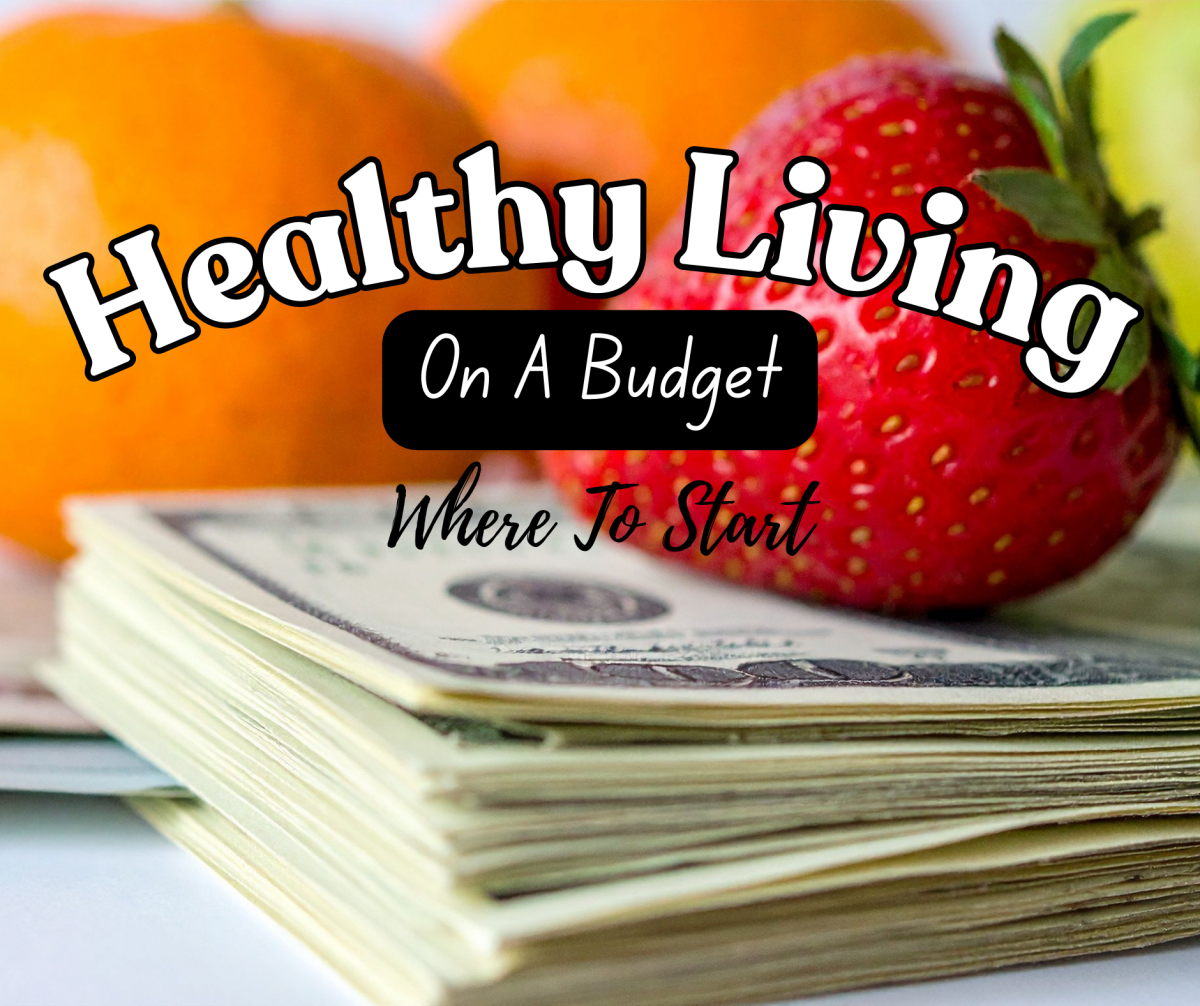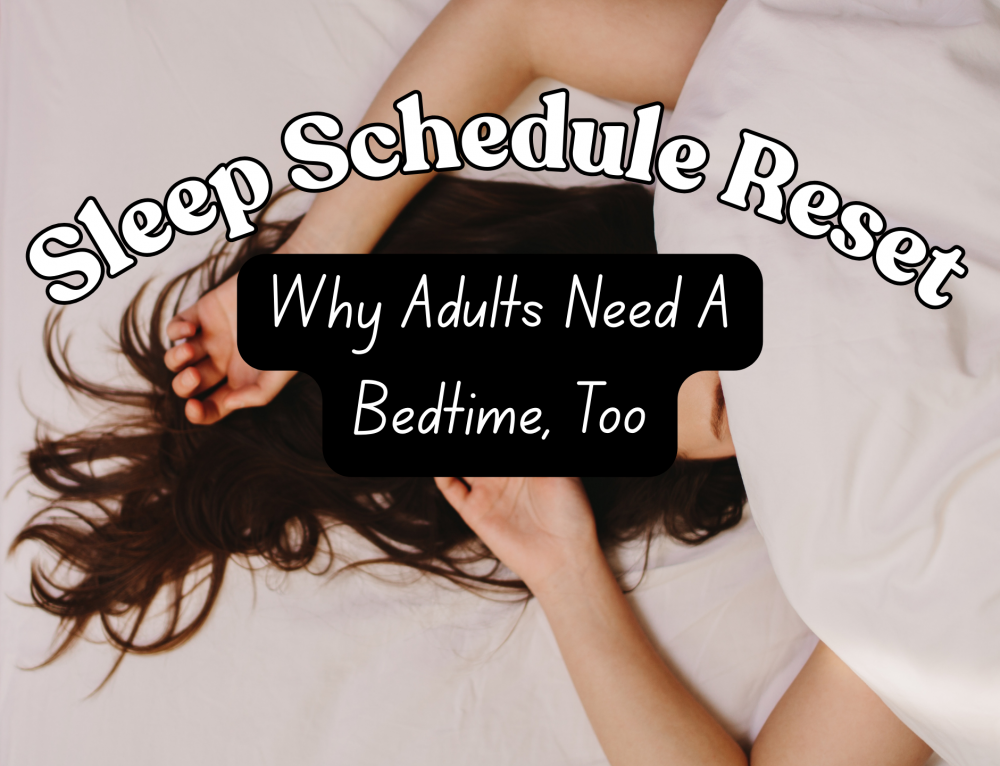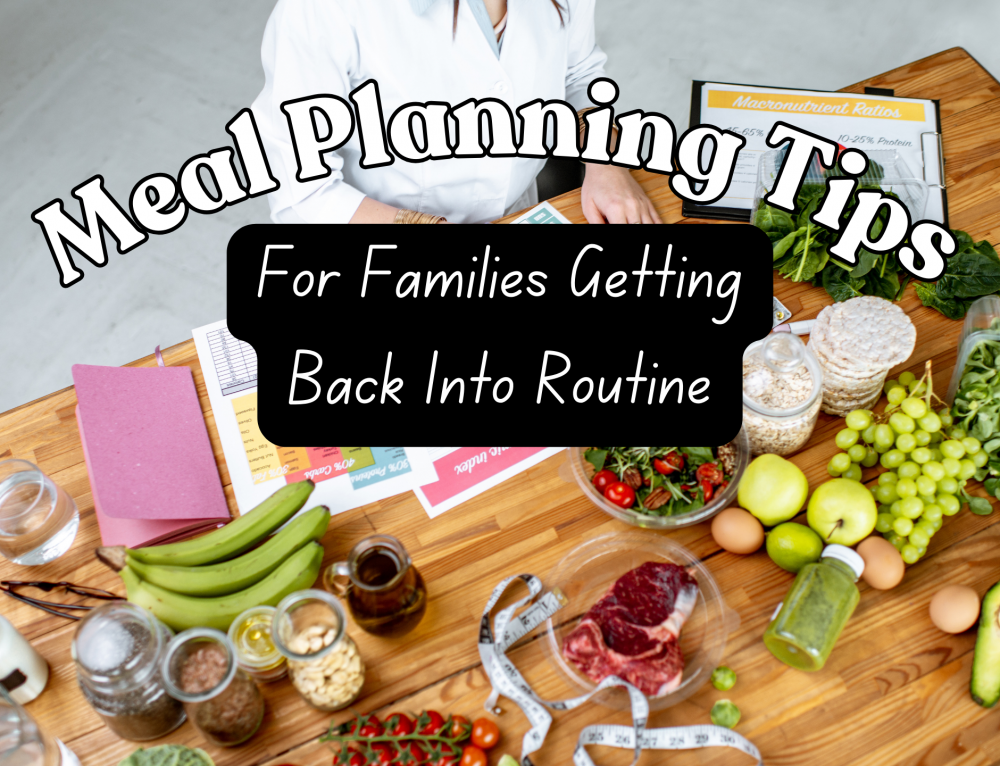Let’s be honest — being healthy can feel expensive. Organic produce, fancy supplements, gym memberships, and trendy meal kits… it adds up fast. But here’s the truth: healthy living doesn’t have to break the bank. In fact, some of the most effective changes cost little to nothing at all.
If you’re looking to eat well, move more, and feel better without draining your wallet, here’s where to start:
Cook More at Home
Restaurant meals and takeout add up quickly. By cooking at home, you not only save money but also have full control over the quality of ingredients. Batch cook on the weekends, use seasonal produce, and experiment with budget-friendly staples like beans, lentils, oats, and frozen vegetables.
Shop Smarter
Make a list before you shop and stick to it. Check store flyers for weekly sales, use digital coupons, and consider buying certain items in bulk. Generic brands are often just as good as name brands but cost less. Buy in bulk when it makes sense (hello, Costco bags of frozen fruit and veggies!)
Move Your Body for Free
You don’t need an expensive gym membership to stay fit. Walking, running, bodyweight exercises, and YouTube workouts are all effective and free. If you enjoy strength training, invest in a set of resistance bands or adjustable dumbbells—they’re a one-time purchase with long-term benefits.
Try Intermittent Fasting (and Skip the Pricey Breakfast)
One of the simplest ways to save money and support your health is to skip breakfast and try intermittent fasting. You don’t have to go all in on a complicated fasting plan—just delay your first meal until later in the morning or early afternoon. In the meantime, brew your own black coffee at home. Not only will you save a small fortune compared to daily coffee shop runs, but you’ll also give your body a break from constant snacking. (Your wallet and digestive system will thank you.)
Plan Your Meals
Meal planning eliminates the “What’s for dinner?” panic that often leads to costly last-minute takeout. Plan your meals around what’s on sale, cook once and eat twice, and make use of leftovers. A simple plan for the week can keep you on track nutritionally and financially.
Bonus tip: Have a few “emergency meals” like frozen burritos or soup for those nights when cooking feels like a lot.
Focus on Nutrient Density
When money is tight, it’s tempting to choose the cheapest calories possible—but those often come from highly processed foods. Instead, prioritize nutrient-dense foods that give you the most nutrition for your money, such as eggs, canned tuna, sweet potatoes, leafy greens, and in-season fruit.
Start Small and Stay Consistent
You don’t have to overhaul your life overnight. Start with drinking more water, adding one veggie to your day, or getting 10 minutes of movement. Health is built on habits, not perfection.
Final Thought
Living a healthy lifestyle doesn’t mean spending a fortune. With a little intention and some simple swaps, you can take great care of yourself and your family — no $12 smoothie needed.
You deserve to feel good and stay on budget. And yes, there’s room for both.






Leave A Comment